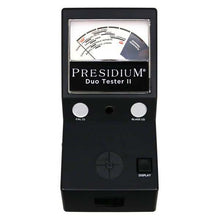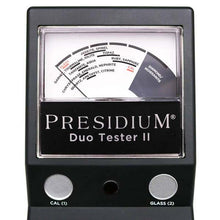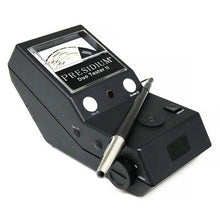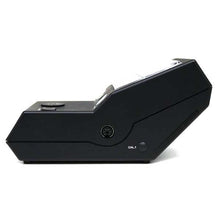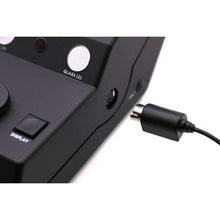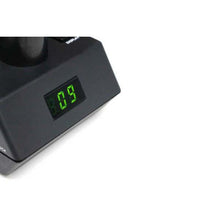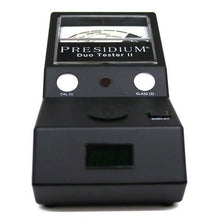
Pickup available from Quicktest (WD18 8JA)
Email us
or call on 01923-220206 for appointment.
Summary
Bench model. A dual tester with both thermal meter and reflectivity meter.
Place the probe on the stone to operate analogue meter (the thermal meter, see detail in the extra pictures).
Place the stone over the sensor (even if it's in jewellery) to operate the digital meter (the reflectivity meter).
You don't have to use both systems, you can choose one or the other.
Includes heavy duty nylon carrying case and a PP3 battery. Also a power supply for mains (has a 2-pin plug so we include a 2-pin adaptor) - note, it is not a battery charger!
Guarantee: 1 year
Instruction manual (pdf download)
Refractive index chart (pdf download) - for 75 common gemstones
Guide to buying electronic gem testers (web page)
Video
Details
The thermal meter works with any stone, loose or mounted in jewellery, even uncut stones. The only condition is that the stone (and tester) must be at room temperature. It is the same as the basic Presidium model (thermal meter only), it tests for 17 common groups of gemstones (about 40 varieties), enlarge the product picture to see the scale in detail. The reflectivity meter works on loose (not mounted) stones with a perfectly flat, perfectly polished surface, than can be rested over the sensor, it is not affected by temperature.
Disclaimer
All testers must be used in conjunction with the user's skill, knowledge and experience. Under no circumstances shall QUICKTEST be liable for direct or indirect loss sustained in connection with any item. Nothing is 100% accurate, you must understand the limitations of any tester you buy. We also suggest you regularly test known samples to check for any obvious faults. Full support given for items you buy from QUICKTEST.
Alternative gem testers
Please note, none of these testers will distinguish natural stones from synthetic stones. "Synthetic" is a scientific term meaning 'made by man in a factory/laboratory to the same formula found in nature', the two are usually indistinguishable.
|
Model |
Tests mounted stones [1] |
Tests Diamond |
Tests Moissanite |
Tests |
Other stones |
|
✔ |
✔ |
Shows up as diamond |
✔ |
31 stones |
|
|
✔ |
✔ |
Shows up as diamond |
✔ |
17 stones |
|
|
✘ |
✔ |
✔ |
✔ |
55 stones |
|
|
✘ |
✘ |
✘ |
✔ |
Hundreds of stones [4] |
[1] All testers test loose stones but not all can test mounted (set in jewellery) stones.
[2] The probe / analogue meter will test mounted stones, the digital meter will only test loose stones.
[3] The probe / analogue meter: 17 stones; the digital meter: 40 stones.
[4] Skill and practice is required to use an optical refractometer, instructions are not included, see any textbook about gemmology…or the internet.
Free gift details
If you would like one of the following free gifts with this product, select one from “Select your free gift” above.
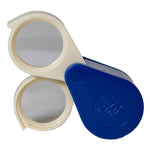
|
Waltex double loupe, 2 lenses combined = 10X (RRP £7.50 ) |
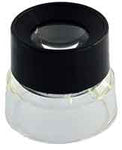
|
Stand Magnifier, 10X30 (10X mag / 30mm lens dia.) [cl] (RRP £3.50 ) |
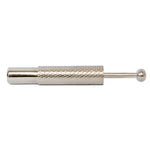
|
Stone Grip, short, 55mm (RRP £1.90 ) |
QUESTIONS & ANSWERS
Ask a Question-
Is there a way I can collect this rather than have it posted?
Yes you can collect any item, see directions.
-
How do you use it
Information article by Quicktest on what the various gem testers test, including the readings:
Gem testers | Quicktest
Instruction manual from Presidium
user_handbook_pdt_ii_en.pdf -
What is the best price for this. And can if be delivered in Birmingham
See web site for latest price.
We are a mail order company so yes, we can send to Birmingham UK, we can send to Birmingham USA.
-
Will the probe need replacing?
The probe is purely electrical, it does not ‘wear out’ so you will never need to replace it (unless you damage it).
-
What is the difference between this and the PGT model? Thanks
This one has a meter (see the picture); the PGT has a digital display that lights up with the names of the stones.
This one is larger, the PGT is smaller.
All the differences (of all the models) are explained in Gem testers | Quicktest -
Can we identify synthetic gems with this? Thank you
No. Synthetics read the same on all electronic gem testers (the only exception is one specialist diamond tester).
Please do not confuse “synthetic” with “simulant / imitation”.
"Synthetics" are grown in a laboratory to same formula found in nature, the result is the same, identical physically, identical optically."Simulant / imitation" is where one stone looks like another (to the non-expert, anyway!), e.g. Moissanite, cubic zirconia, spinel, white sapphire, glass etc - they may all 'look like' diamond but they are not.








